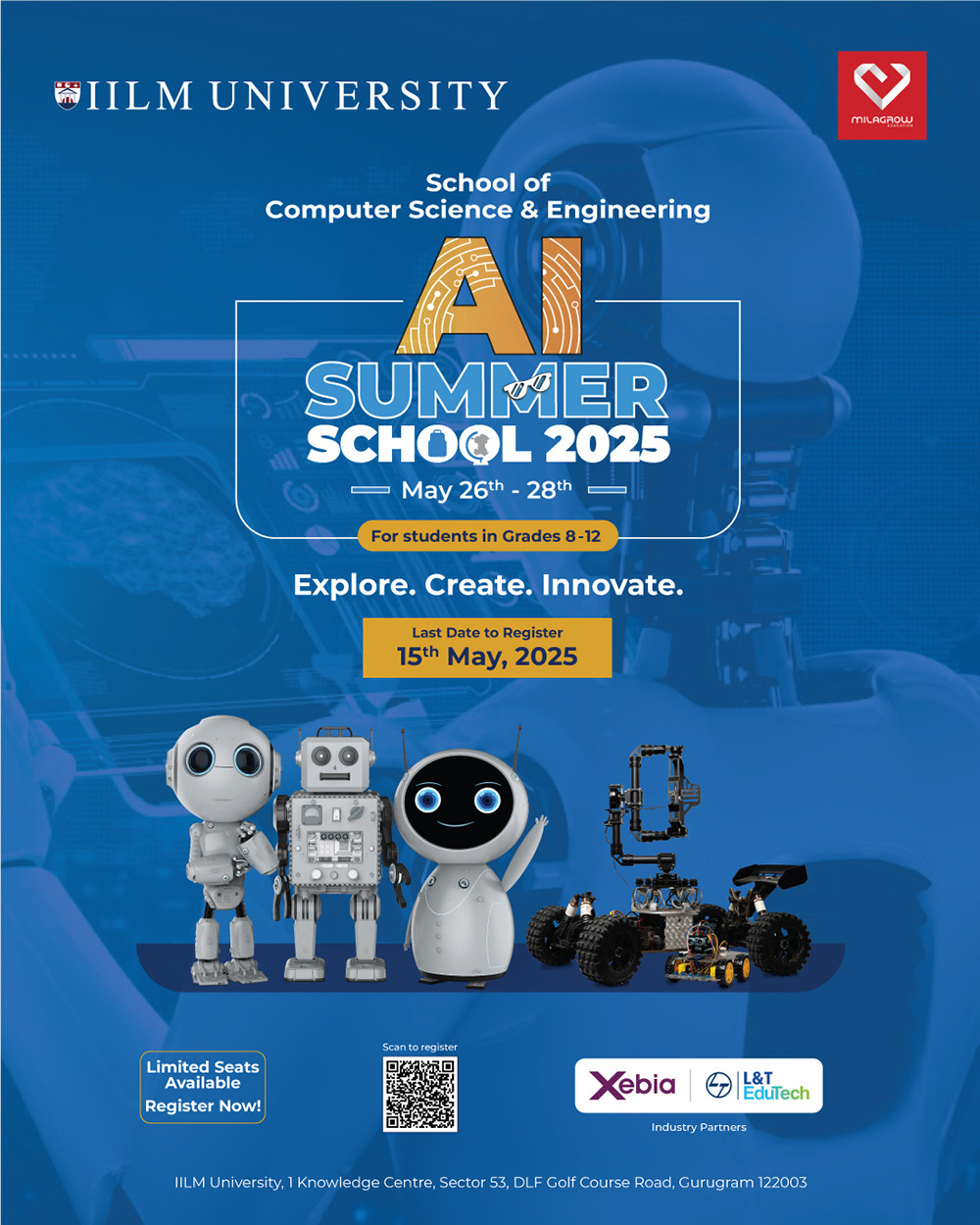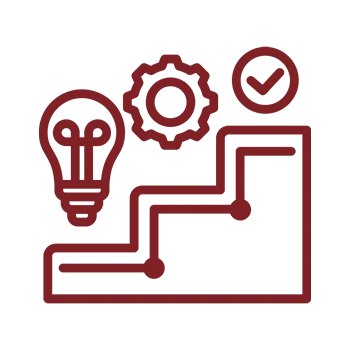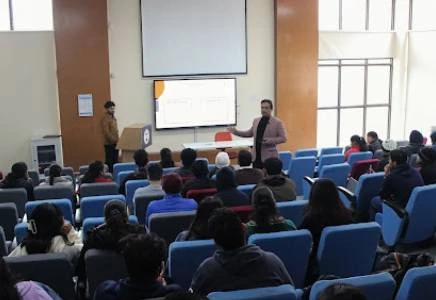×




At IILM University, we empower students with an education that challenges their intellect and connects them to the real world. We foster a dynamic learning community that values innovation, interdisciplinary thinking, and social responsibility, going beyond traditional education.
Join a dynamic global network of 16,000+ alumni, creating connections and global career opportunities.
Explore 25 diverse programmes designed to shape your future across multiple disciplines.
Over 30 years of academic excellence, empowering students with knowledge and skills for a global career.

Challenge your mind with a curriculum that inspires and engages.

Connect theory and practice with hands-on, real-world experiences.

Encourage creativity through interdisciplinary and innovative approaches.

Be part of a community committed to positive social change.


Nails Key Accounts Manager Role at Zomato!

Placement Success Story

Inspiring Placement Experience

Journey at Jio BP Mobility
IILM University’s Global Connect fosters international collaborations, offering study abroad, global degrees, and cultural exposure. Alumni thrive globally, supported by partnerships across the UK, USA, Canada, and more.

Experience a vibrant campus life with sports, arts, and leadership opportunities to fuel your passion. Our Incubation Centre helps turn your ideas into reality, supported by premier facilities like labs, libraries, and creative spaces that drive innovation.

We recently hosted a remarkable AI Career Workshop by SARAS AI Institute at IILM University, Gurugram, and our brilliant students made it even more exceptional!
-thumb.webp)
-thumb.webp)
-thumb.webp)
